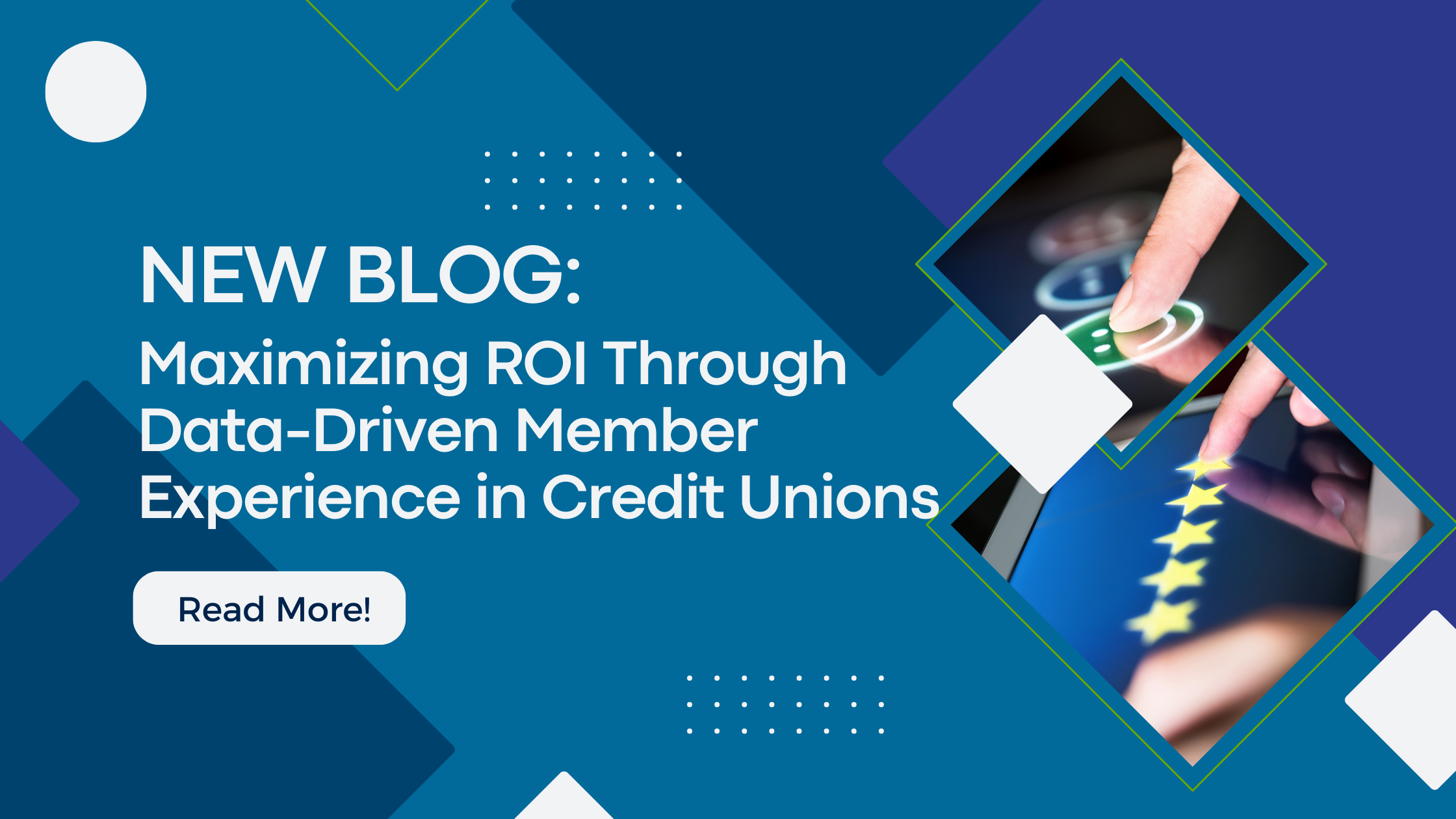A question we’ve found ourselves answering fairly often is this:
What is a live survey?
Considering that “live survey” is literally a part of our name, we might as well take the time to answer. So, without further ado, let’s take a deeper look at our definition of a live survey. Then, we’ll discuss why you might want one.
What Is a Live Survey?
A live survey is essentially a regular survey, but there are a few notable differences. These differences uniquely position live surveys to deliver more actionable, immediate insight to the issuing organization.
So, how is a live survey different from a regular survey?
For starters, a live survey operates in near-real time. Within minutes of any transaction, a live survey delivers a survey to the person’s email inbox. Then, when the person completes their survey, the results are immediately sent back to the issuer. Additionally, the survey analytics dashboard automatically updates with the latest information.
Also, once the survey is completed, a live survey can take several other automatic actions. For example, it might send a follow-up email to solicit further explanation for very negative results. It might also send alerts to the issuing organization or member experience team so that they can quickly rectify the situation.
Compared to a Regular Survey
Regular surveys usually take some time to send out. Then, it takes time to collect and analyze the data. Many vendors have streamlined the process so that it takes only weeks or even days.
However, there are still many surveys that take months to create, send, receive, analyze, and act on.
For slow-moving, long-term strategic goals, these longer timelines are fine. Yet, for immediate information, such as knowing when your credit union’s members may be unhappy or at risk of attriting, slower surveys can cost you in the long run.
Moreover, slower surveys are difficult to plan and manage. To maximize the results from the effort slower surveys require, many people increase the number of questions per survey. This can lead to survey fatigue, with fewer or lower quality responses.
Why Would Your Organization Want a Live Survey?
The main advantages of live surveys are their immediacy and their ease of use.
Immediacy comes from the near-real time sending and receiving of surveys. Automatically sending relevant surveys right after transactions ensures higher quality data that isn’t influenced by time, frustration, or other interactions.
Plus, seeing results right after each survey is completed allows you to take corrective action before small issues turn into large problems.
As for ease of use, well, there’s plenty to be said for that, too. Paper surveys are both expensive and time-consuming. But even if you’re not stuffing and mailing envelopes, live surveys are designed to be flexible and fast. Setting up new surveys takes only minutes. That simplicity allows for multiple surveys on any number of transactions for better, more granular data.
Live Surveys from LiveSurvey
Here at LiveSurvey, we’ve created a survey platform for credit unions. Our platform is a simple member experience tool that delivers actionable insights to your team.
We can trigger surveys after any transaction, including branch visits, online account opening, loan or credit card applications, and more. We also support several standard survey metrics, such as NPS and CES.
Subscribe to our blog to learn more about survey types and strategies for your credit union. Or, if you’d like to get the ball rolling now, try out our free NPS survey.
What to Avoid when Creating a Member Experience Survey
Three Credit Union Member Satisfaction Surveys You Need to Send





